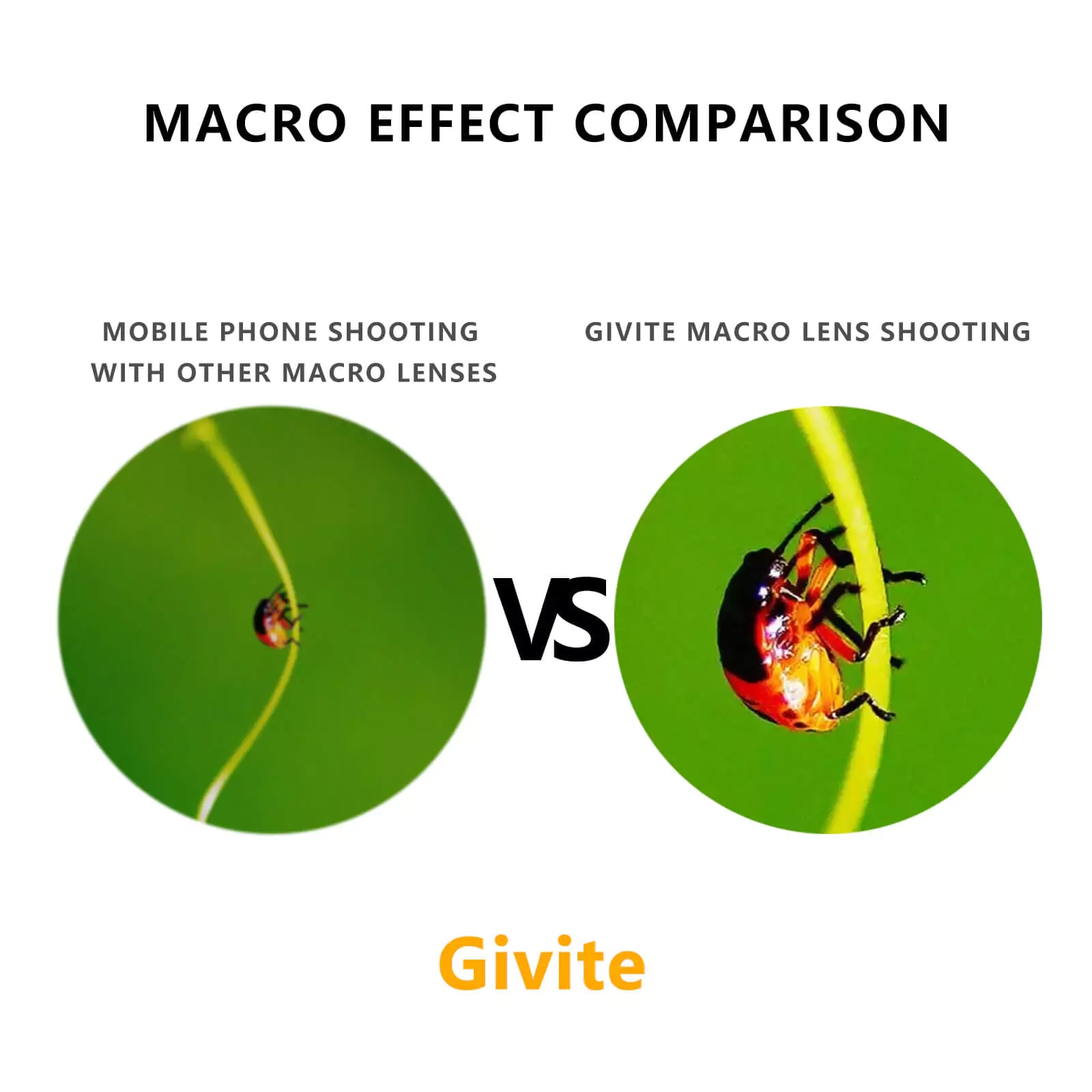
Request


Snapping awesome bird pics takes more than just practice. You need the right lens. Let’s find out how to pick the best one to make your bird shots clear and amazing.
Bird photography is a special hobby. It needs careful work, waiting, and good gear. The lens is super important for getting great bird pictures.
Focal length decides how close you can zoom on a bird without moving. For bird photography, long focal lengths are a big deal. They let you snap far-away birds without scaring them. A lens with 300mm or more is best. This helps you see tiny details, like feathers or shiny eyes, super clear.
A good lens makes your photos sharp and bright. Top lenses cut down on color blurs and wonky shapes. This keeps your pics looking real. Special coatings on lenses stop glare. They also make colors pop. These are great for outdoors where light changes a lot.
Birds are super active early in the morning or late in the evening. A wide aperture (low f-number) lets in lots of light. This means faster snaps and less blurry pics from moving birds. Plus, wide apertures make the background fuzzy (bokeh). This makes the bird stand out from trees or grass.
The right lens makes bird pics pop. It gets you close, keeps things clear, and works in tricky light. A good lens turns okay shots into awesome ones.
Picking a lens for bird photography means checking out some cool features. These can turn a regular pic into a super one.
Telephoto lenses are must-haves for bird photography. They zoom in on far birds without messing up the picture. These lenses go from 70mm to 600mm or more. They’re perfect for shy or hard-to-reach birds. For example, an anti-shake telephoto lens, like the Anti-Shake Cell Phone Lens / Monocular 2-in-1 Lens-12x33, stops blurry pics from shaky hands. This is awesome when you’re holding the lens or in tough spots.
Lens weight changes how you shoot. Heavy lenses often give better pics and last longer. But they’re hard to carry on long walks or hold for hours. Light lenses are easy to tote and move. But they might not be as tough or have big apertures. Pick what fits your birding style.
Image stabilization is a game-changer for bird photographers. It uses special tech to spot shakes and keep pics steady. This lets you snap at slower speeds without fuzzy shots. It’s a big help in dim light or with long lenses.
Look for lenses with weather-proofing for rain or dust. Fast focus is great for moving birds. Some lenses, like the Cell Phone Telephoto/Macro/Monocular 3-in-1 7x18, work with phones for easy sharing. These extras make birding fun and simple.

Money plays a big part in picking a lens. You want good features without spending too much.
If you’re just starting, affordable telephoto zoom lenses are a great deal. They give okay pics for a low price. The 822 telescope Monocular is small and sharp. It’s made for folks who want good gear without spending tons. These let you try bird photography without a big cost.
Pro photographers go for high-end prime or zoom lenses. These have strong builds, weather-proofing, and super-fast focus. They give top-notch pics even in hard spots. But they cost a lot.
You gotta find a lens that’s good but doesn’t break the bank. Read reviews. Try different lenses. This helps you pick one that fits your needs and wallet.
Start with a cheaper lens like the Cell Phone Telephoto/Monocular 2-in-1 8x22. Save up for a fancier one later. Rent lenses to test before buying. This keeps costs low while you learn.
Picking between zoom and prime lenses depends on how you shoot and what you need.
Zoom lenses let you change focal length quick. This is great for birds that move a lot or are at different distances. New zoom lenses have awesome quality. They work for newbies and pros alike.
Prime lenses have one focal length. But they’re super sharp because they’re simple. They often have wide apertures for dim light and great bokeh. These make bird portraits look amazing.
Zoom lenses are best in wild spots where birds zip around or change spots. Prime lenses rock in calm places where you want super clear, detailed pics.
Hemusun is a top name in optics. They make awesome lenses, Monoculars, and binoculars for all kinds of jobs. Their research team loves new ideas. They use high-tech tools and careful checks to make sure every lens is great. This means clear, bright pics perfect for bird photography.
Hemusun’s Anti-Shake Cell Phone Lens / Monocular 2-in-1 Lens-12x33 is a star. It has anti-shake tech to keep pics steady even if your hands wobble. This is great for snapping moving birds or holding the lens.
Bird photographers pick Hemusun for lots of reasons. Their lenses give clear, bright views with real colors. They’re tough and work in all kinds of weather. Hemusun cares about customers. They listen to what you need and give custom help. Their support team offers warranties and fixes. This makes Hemusun a go-to for trusty gear.
Hemusun has tons of neat gear for bird lovers. The 822 telescope Monocular is small but super sharp. It’s great for hikes or bird walks. The 718 telescope is a 3-in-1 Monocular. It does telephoto, macro, and Monocular jobs. You can snap tiny details from 15cm or zoom far. This is perfect for birds in all kinds of places.
Hemusun’s gear is built to last. Their Monoculars are easy to use with phones. They focus on making you happy. This makes them a top pick for bird photography.
Want to make your bird pics even better? Try these tricks:
These ideas make your bird pics pop and your trips fun.
Picking the right lens is super important for great bird photography. Whether you’re new or a pro, Hemusun has awesome lenses like the Anti-Shake Cell Phone Lens / Monocular 2-in-1 Lens-12x33 and the Cell Phone Telephoto/Monocular 2-in-1 8x22. Their focus on quality and happy customers makes them a trusty partner for snapping amazing bird pics.
Q1: What’s the best focal length for bird photography?
A focal length from 300mm to 600mm is great. It zooms in on far birds with awesome detail.
Q2: How does image stabilization help bird photography?
It stops blurry pics from shaky hands or dim light. It’s super useful for long lenses or handheld snaps.
Q3: Are phone telephoto attachments good for bird photography?
Yup! Hemusun’s Monoculars, like the Cell Phone Telephoto/Macro/Monocular 3-in-1 7x18, give great pics. They’re small and work well with phones.